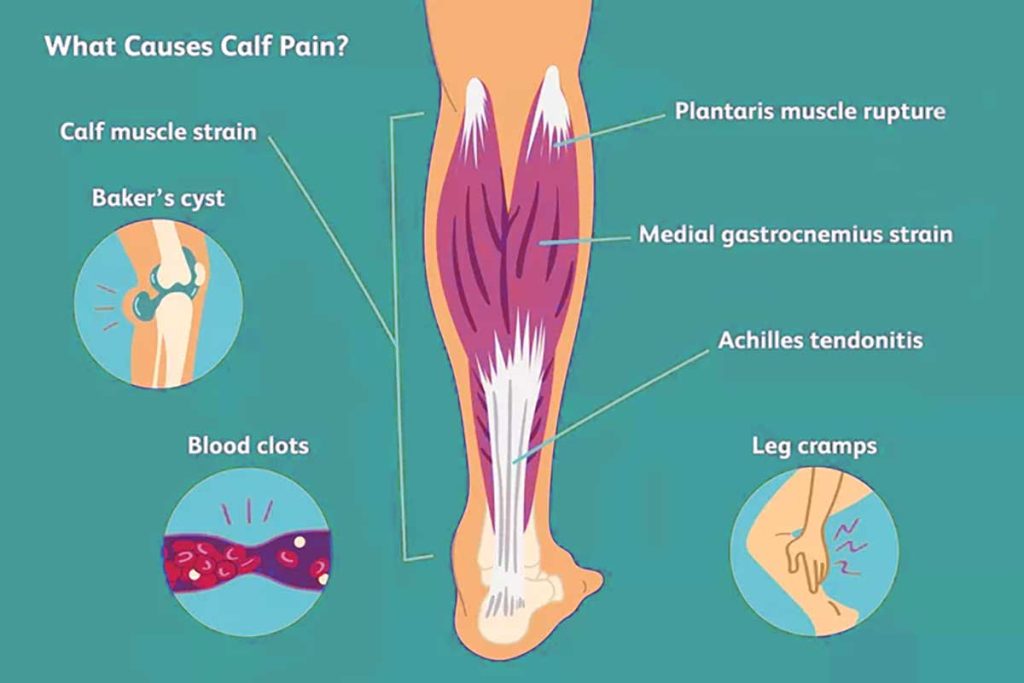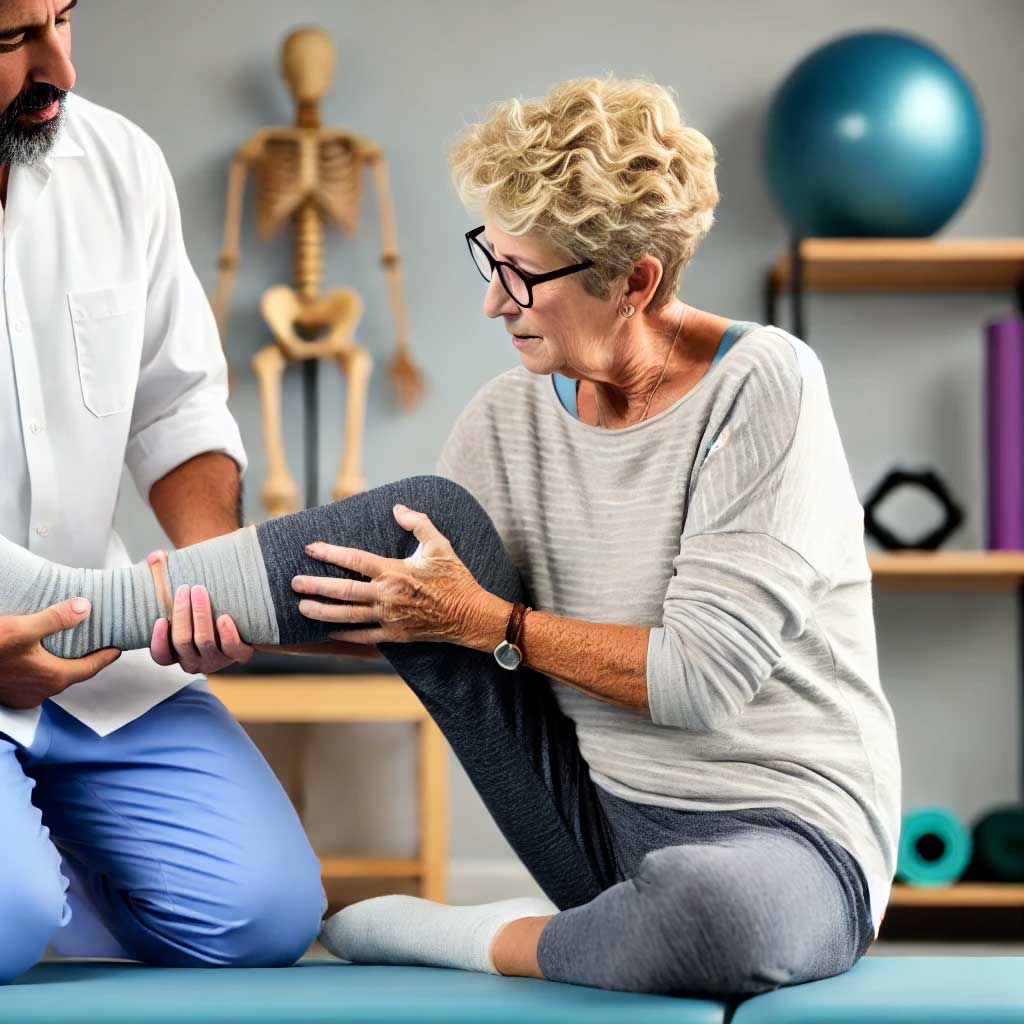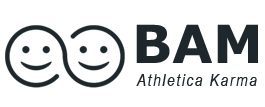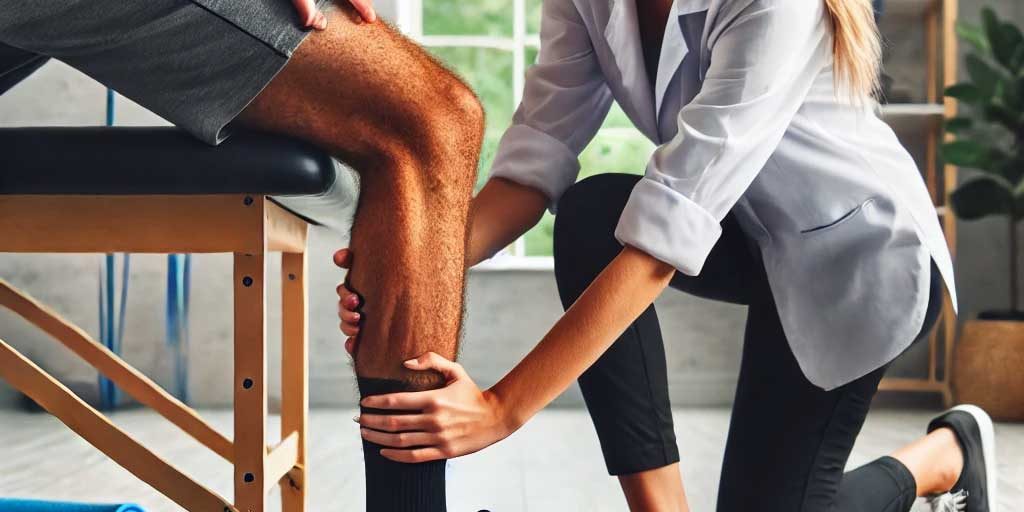After my run, my calves are so sore and tight, it feels like they're burning with every step I take. - Samuel Jordan
Whether you’re running through the city, chasing new fitness goals, or simply living life on the move, calf pain can slow you down.
From tightness in your muscles to sharp discomfort with every step, calf pain can interfere with your active lifestyle. But the good news? Physical therapy can play a pivotal role in easing this pain and preventing future injuries. And yes, you can take your recovery into your own hands with simple tools and exercises—like using a slant board at home.
So, how can physical therapy help with calf pain, and what preventative measures can you adopt today to keep your muscles happy and healthy? Let’s dive in.
Understanding what causes calf cramps and pain
Calf pain, such as a calf cramp or calf strain, can stem from various sources, including muscle strain, calf cramps, Achilles tendonitis, and even overuse injuries.
Sometimes, the calf pain may be connected to issues higher up, like knee pain or lower back tightness. If not properly addressed, this discomfort can escalate into more serious conditions like plantar fasciitis or Achilles tendon injuries.
Tips: Plantar fasciitis pain relief
That’s where physical therapy comes in.
Physical Therapy: Your Solution for Calf Pain at home or in the clinic
Physical therapy doesn’t just focus on treating the symptoms—it addresses the root cause of the pain.
A certified physical therapist will evaluate your body mechanics, muscle imbalances, and range of motion to tailor a treatment plan that fits your needs.
Physical therapy can help with calf pain in several ways:
- Strengthening Exercises: Targeted exercises can help improve muscle strength and endurance in the calves, ensuring they can handle the demands of your activity levels. This also helps prevent future injuries.
- Flexibility Training: Stiff muscles are more prone to injury. Physical therapists often prescribe stretches to improve the flexibility of your calf muscles and surrounding tissues, which can help reduce the risk of tightness and pain.
- Manual Therapy: Techniques like soft tissue massage, myofascial release, and joint mobilization can relieve tension in the calves and increase blood flow to the area, which helps speed up recovery.
- Rehabilitation Tools: Physical therapists often introduce equipment like resistance bands, foam rollers, and slant boards to enhance your recovery and strength training, tools that you can easily integrate into your home workouts.

Preventing future injuries: The power of routine calf stretch
Preventative care is key to keeping your calves healthy, especially if you’re physically active. Simple exercises can reduce the risk of common injuries like calf cramps, Achilles tendonitis, plantar fasciitis, and even knee pain.
Here are a few preventative exercises to add to your routine:
- Calf Raises: Strengthen your calf muscles and improve endurance by doing calf raises. These exercises are great for building resilience in the muscles, so they’re better prepared to handle dynamic movements.
- Toe Stretches and Foot Strengthening: Prevent plantar fasciitis by strengthening your feet and improving flexibility in your toes. These exercises also help with overall foot mechanics, ensuring proper alignment when you run or walk.
- Achilles Tendon Stretches: Keeping the Achilles tendon flexible can reduce strain on your calves and knees, preventing common issues like tendonitis.
- Hamstring and Quad Strengthening: Did you know that calf pain can often be linked to weak muscles higher up in the legs? By strengthening your hamstrings and quads, you can relieve some of the stress placed on your calves during exercise.

Slant Board: Your at-home Physical Therapy tool
For those looking to maintain flexibility and prevent injuries, a slant board is a game changer. This simple tool can be used in various exercises to stretch and strengthen muscles not only in your calves but also in your hamstrings and Achilles tendons.
Why Use a Slant Board?
- Improved Flexibility: Stretching your calf muscles on a slant board increases range of motion and flexibility, which can prevent tightness and injury. This is especially helpful for runners or anyone who spends a lot of time on their feet.
- Balance Training: Slant boards are great for improving balance, as they challenge your muscles to stabilize your body. Better balance means fewer falls and ankle injuries.
- Preventative Injury Care: Using a slant board regularly can help prevent conditions like plantar fasciitis and Achilles tendonitis by keeping your muscles flexible and well-conditioned.
- Rehabilitation of Injuries: If you’re recovering from an injury, a slant board can be a valuable tool in your rehab routine. It allows for controlled stretching, which is key to regaining flexibility and strength.
- Home Workouts: The slant board isn’t just for rehab—it’s also a fantastic tool for enhancing your home workouts. Pair it with resistance bands to work your lower and upper body, building muscle strength and endurance without the need for a gym.
Physical Therapy for knee pain: Strength from the ground up
Calf pain and knee pain are often linked. In fact, imbalances or tightness in your calves can cause improper knee alignment, leading to discomfort and injury.
Physical therapy helps alleviate knee pain by focusing on the strength and flexibility of the muscles surrounding the joint.
A physical therapist will guide you through exercises that target not only the knee but also the muscles in the calves, quads, and hamstrings—ensuring a full-body approach to pain relief.
Taking Control of Your Health
Whether you’re dealing with current calf pain or looking to prevent future injuries, physical therapy and the right at-home tools like a slant board or adjustable incline board can set you up for success. With a bit of dedication to your stretching, strengthening, and mobility exercises, you’ll be back to living your best active life—no calf pain in sight.
Your body is worth the investment. Stay strong, stay flexible, and always listen to what your muscles are telling you.







